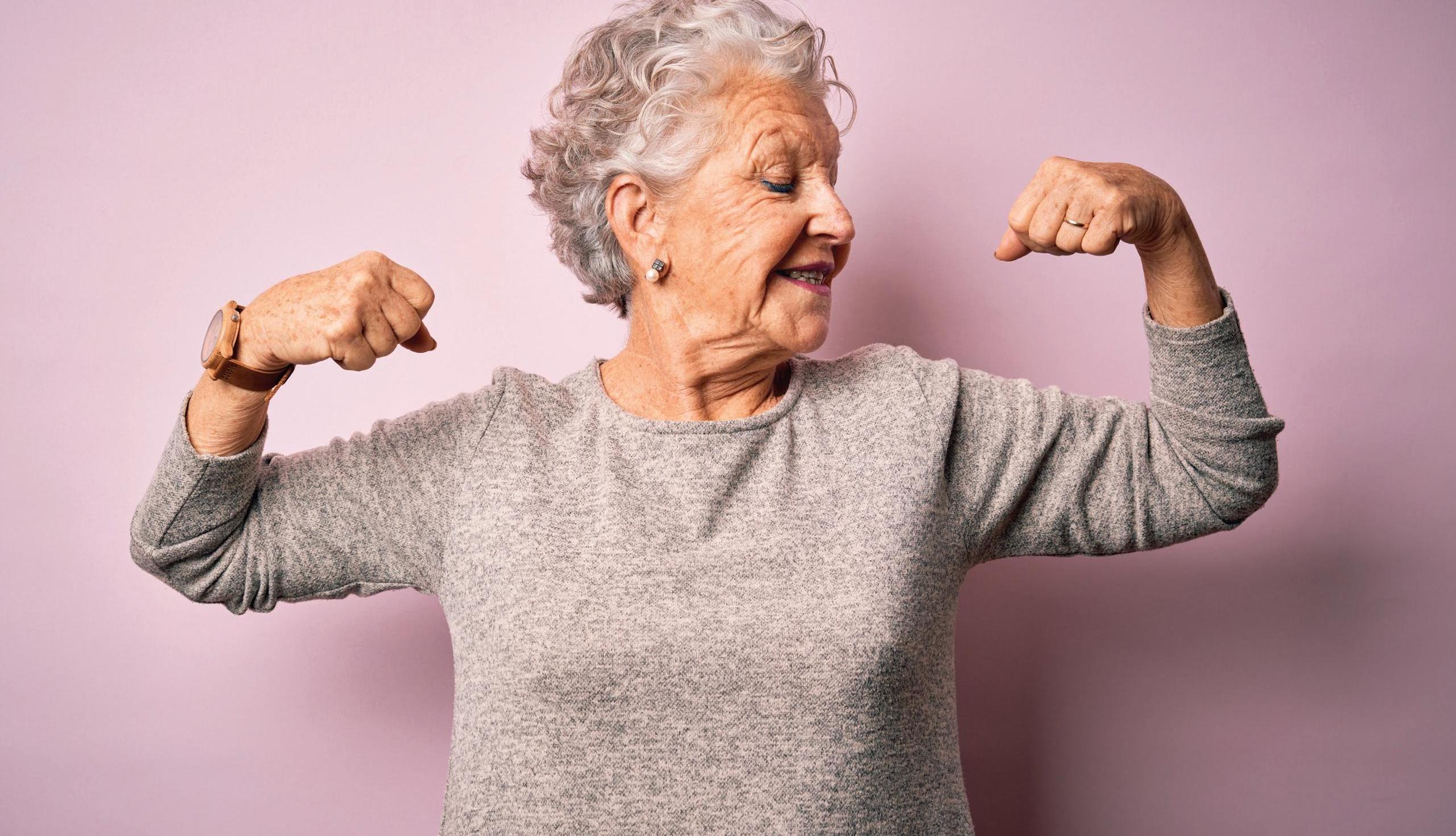
7 minute read
ASK THE EXPERTS
Physical Therapist Ask the Experts: Urges Us to Get Moving Again
There’s no denying it—the COVID-19 pandemic has taken its toll this past year on our overall mental and physical health. To keep ourselves and our communities safe, we adopted new daily routines and reinvented socially distant hobbies. For months, by necessity and mandate, we stayed mostly homebound, and our daily physical activity dropped precipitously.
Advertisement
Engaging in daily physical activity to preserve mobility and keep our bodies strong is critical. But for some, it’s not just the pandemic that’s impacting our ability to move. If pain and mobility issues are keeping you from moving more, or as much as you should, then it’s time to add physical therapy to your wellness routine. According to Aysha Morgan, physical therapist at Pacific Medical Centers (PacMed) in Canyon Park, now is the perfect time to start. But, if you still aren’t comfortable with in-person therapy, most therapists offer virtual visits that can be done in the comfort of your home.
We asked Morgan the affect this past year has had on patients she’s working with, and her recommendations to help us get our bodies moving more frequently and comfortably.
How have the pandemic and social distancing mandates taken a toll on our bodies?
Our bodies need regular physical activity to stay healthy. I’m seeing a deterioration of mental and physical well-being due to the limited options for physical exercise and physical activity during the pandemic. This more sedentary lifestyle is taking a toll on our health and mobility.
To be clear, physical activity is the overall movement of the body and muscles that requires energy. Physical exercise, however, is a planned, structured, and repetitive movement to improve physical fitness. Too little of either one negatively impacts everyone’s health, and the impact is even greater and more difficult to recover from when you are older.
What are the most common injuries or areas of concern you are seeing right now?
I am seeing an increase in knee, hip, and leg issues in my older patients. I’m also seeing more injuries from falls and balance problems.
What simple, at-home movements do you suggest for folks who are looking to improve their strength and balance?
Most importantly, do at least one exercise a day to work key muscles but start slow—and vary what you do. If you walk, for example, vary your daily route with different slopes or steps to better balance and strengthen a variety of joints and muscles. Here are some examples of balance and strength building exercises you can do at home:
1Sit to stand from a chair
(Use dining chair)
•Begin by sitting upright on a chair with your feet slightly wider than shoulder width apart. •Reach out with your arms and lean forward at your hips until your bottom starts to lift off the chair. •Move your body into a standing upright position, then reverse the order of your movements to return to the starting position. Tip: Don’t let your knees collapse inward during the exercise. Only lightly touch the chair and don’t fully sit until you have completed 10 repetitions.
2Stand to stand (using the back of
a chair for support)
•Begin in a standing upright position with your hands resting on the back of a chair in front of you for support. •Bending at your hips then your knees, squat down as far as is comfortable. Tip: Keep your arms relaxed during the exercise and maintain your balance.
3Single leg balance and leg
strengthening
•Begin in a standing position with your kitchen counter at your side. •Lightly touch your countertop with one hand, if needed. •Lift one foot off the ground in front of your body, transferring your weight to the other leg. When you are balanced, take your hand off the counter and slowly lower your foot to the floor and repeat on the other side. Tip: Maintain your balance and keep your back straight during the exercise.
Make an appointment with a physical therapist to discuss what movements would be best for strengthening areas of concern with your body and for reducing pain. And get moving!


Aysha Morgan is a physical therapist at Pacific Medical Centers (PacMed) Canyon Park clinic. She is a board-certified orthopedic clinical specialist in physical therapy. PacMed is a multi-specialty medical group with nine neighborhood clinics in the Puget Sound area.

Make yourself at home.

Senior living in the heart of Vashon Island
• Personalized care services • Nursing oversight • Engaging activities • Nutritious meals • Gardens and nearby nature trails • Studios, one- and two-bedroom apartments

Assisted Living • Memory Support • Respite Stays Call today to schedule a tour: 206-207-0212 sriemer@vashoncommunitycare.org • vashoncommunitycare.org
Memory Care that feels like home.

• • • • • • Quality Care is Our #1 Priority Affordable Flat-Rate Pricing 12 Months or Less to Medicaid Locally & Privately Owned Fully Furnished Respite Stays Call Lark to Schedule a Tour:
253.341.4817
1420 Carpenter Rd. SE • Lacey, WA 98503
Caring for Our Community Since 1997 • lodgesmc.com
The Power of Reminiscing About the Past
BY DR. ERIC B. LARSON
Dr. Eric B. Larson is a senior scientist at Kaiser Permanente Washington and author of Enlightened Aging: Building Resilience for a Long, Active Life (Rowman & Littlefield, 2017). A version of this story originally appeared on Beingpatient.com. As we age, memories of long past events become more important, especially with each passing decade of late midlife and old age.
Studies show that when centenarians are asked to reminisce on past events—especially, to cite their enjoyable or most meaningful events—the trove of events they recall involving their first 20 years of life vastly exceeds the previous 20 years. It’s as if our minds lay down vast amounts of earlier-in-life events that get embedded deeper and stronger into our brains’ circuitry.
It is clear to anyone who speaks frequently with older persons that many delight in the telling—and retelling—of these experiences and relationships of their past lives. Since the time of Aristotle’s Rhetoric, wise people have realized that reminiscing is not harmful, but helpful, and that as we age, people think a lot less about their future and more about their past. This is not unhealthy but simply a feature of aging. People shouldn’t be denied this pleasure.
This can be challenging for many younger persons, and even spouses of older persons who themselves are old, who may find it tiresome to hear the same stories repeatedly. Think of the challenges faced by busy attendants in long-term care or other facilities where older persons live. But it is important to acknowledge that with time, our memory develops into what one eminent memory specialist, the psychologist Douwe Draaisma, calls a “nostalgia factory,” which may bring great pleasure to our lives, especially the older we become.
I believe in our everyday life as we have conversations with older persons, including persons with mild to moderate dementia, engaging in reminiscing is pleasurable and worthwhile. People reminiscing brighten up with a listener who appreciates their memories and is interested in their stories. And in turn, it’s meaningful for families to learn as much as possible from their parents and aging relatives about their family’s past, especially in a time when we are so mobile throughout the life course.
As a dementia researcher I find this a source of immense pleasure. My wife will often hear me say after a home visit or (nowadays) telephone visit, “I just heard the most amazing story about
this (guy, older lady) … who grew up … or moved with his family to escape persecution or find a better life. …” These reminiscences are often the high point of my day.
The bottom line: Many people in the late stages of Alzheimer’s disease who might otherwise be totally confused can have a day, or many hours in a day, when they suddenly and out of nowhere recall with great detail important times and delight in sharing them with a child, close relative, friend, or caregiver. In interviews for my research, I hear family members report that it was as if their father or mother was back to normal and I’m asked why they can’t be like this all the time. Sadly, that’s not possible. But there is something indelible, presumably in memory centers involving the hippocampus, that stays with us throughout most, if not all, of our lives. We should strive to treasure the miraculous ability of the brain to hold onto the past as well as it does.








